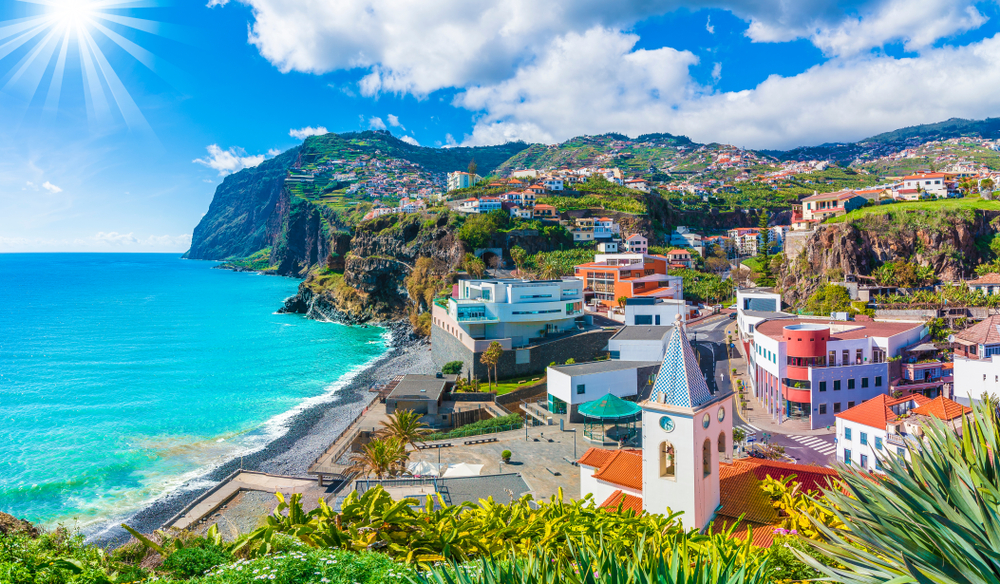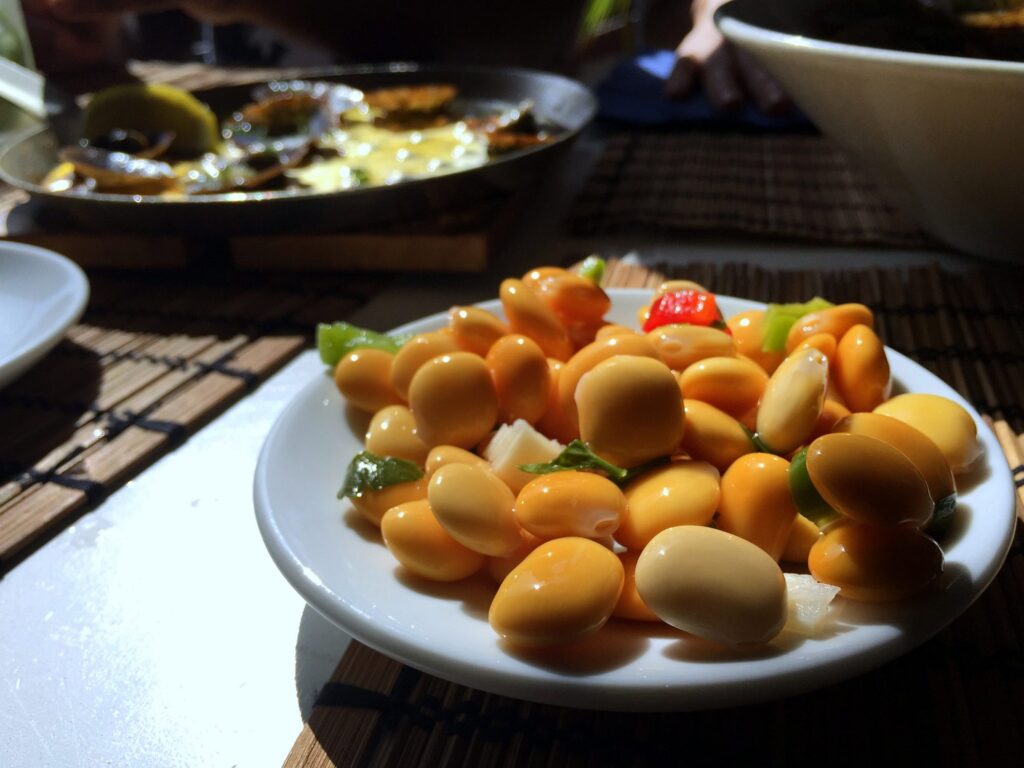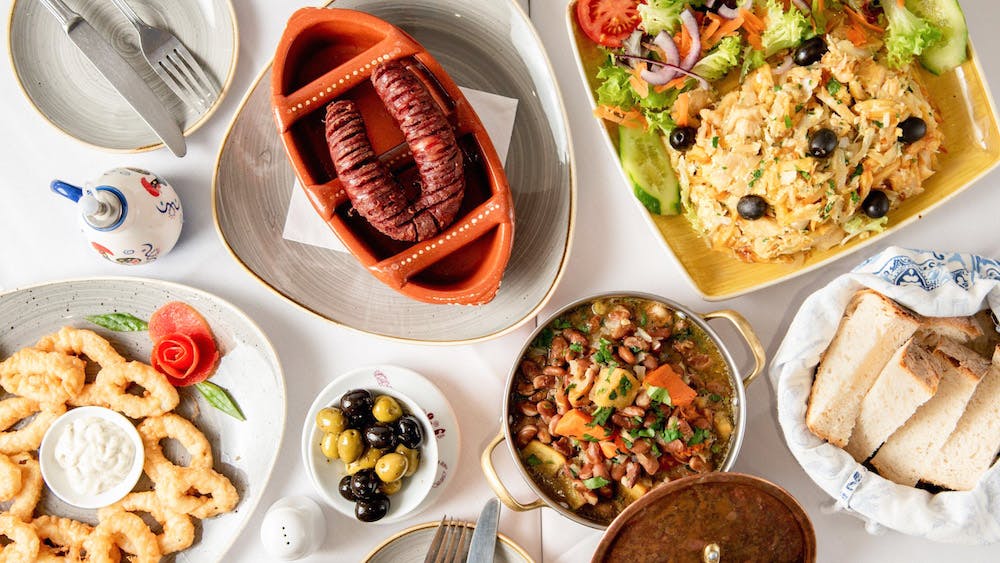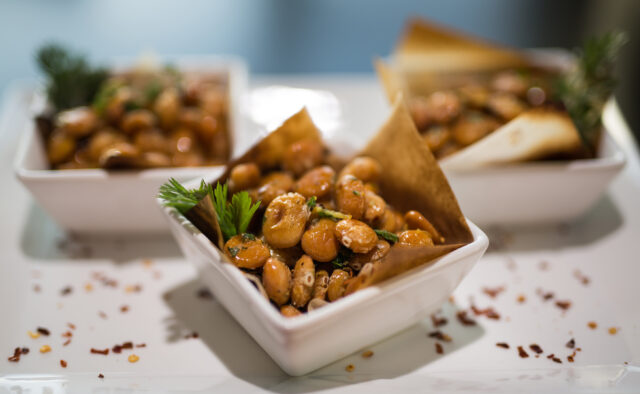Where in the world can you find a couple who are, in their own words, “familiar with the ins and outs of law”? And, they are on the road most of the time, so they can’t just go to a lawyer for help. So, they created Legal Nomads, a blog that helps people understand their options when they are traveling in another country. The blog’s name is a play on how traveling could be a nomadic lifestyle, with not much in the way of permanent home base.
In the past few years, the world has become a bit more connected, and that lifestyle has expanded to include more travel than ever before. And, in return, there are more and more of us who want to take advantage of those opportunities.
One of the biggest challenges that many of us face in achieving this is being able to cover the cost of travel. There are plenty of ways to create a budget and stay on budget. Unfortunately, one of the most common things that houses people in debt is using credit cards to pay for travel.
Finding a tasty and healthy pasta dish for a week away in Portugal can be challenging. Hopefully this recipe will provide a tasty and simple meal for your trip. We have taken a traditional Portuguese bean dish and added a flavorful marinade to it, which makes it delicious and healthy.
I’ve been in Portugal for a month and a half, spending most of my time in Lisbon, where I lost my socks and discovered my hunger. This is my first extended stay in Portugal; I visited in 2012 for a few days after speaking at a conference in Porto and then drove up along the Douro River’s winding lanes. I’ve wanted to go back ever since.
Madeira is a very lovely island.

Madeira, a little island in the Canary Islands, was my pick for writing, eating, and socializing. I rented a room in Funchal, the capital, and spent time with friends on the island for a month.
I’ve eaten my share of specialties since my recent arrival, many of which I’ll write about later. Marinated beef on bay leaf stem skewers, grilled black scabbard fish, furious and slimy but wonderful, and limpets, gastropods served sizzling on a flat plate and covered in garlic, lemon juice, and parsley.
But of all the new meals, it was the small lupini beans, known as tremoços in Portuguese, that I wanted to offer first. Lupini beans are high-protein legumes that originated in Egypt or the East Mediterranean and have been grown since the time of the ancient Egyptians. Once they became a staple of the Roman diet, they spread throughout the globe. The beans were utilized by the Romans for both humans and their animals. The usage of lupini beans increased in tandem with the Roman empire.
“When eaten dry, no type of fodder is more nutritious and easy to digest than White Lupine. It will give you a fresh color and a cheery countenance if you take it with your meals.”
They are large and flat, like gigantic corn kernels but with a considerably thicker and harder skin. (Fun fact: you’re supposed to remove the skin before eating them, but I didn’t.) I ate a whole bag of skin-on potatoes. This time there were no negative consequences, but I’ve learned that leaving the skin on is bad for digestion.)
The lupini are typically prepared by heating and preserving them in a salty water marinade because of this outer layer and the alkaloids present in the older Roman period form of these beans. Even though contemporary lupini beans are not as alkaloidal, soaking them overnight, boiling them, and then re-soaking them for days is required. When the bitterness of the beans has dissipated, they pair well with beer or wine. It’s no surprise that these appetizers may be found in pubs across Portugal, Italy, and Spain.
Lupini beans are popular as a snack in the Mediterranean, but they are also accessible in Egypt, Syria, and other Middle Eastern countries. Lupini are a healthier snack than potato chips or other bar food since they are second only to soy beans in terms of protein content (100g of lupini contains about 36g of protein). Instead of fatty bar appetizers, try lupini.
While this article offers an introduction, Ken Albala, a history professor and novelist, has written a whole book about beans. He correctly observes that “almost every civilization has relied on beans,” so he decided to create a whole book about them. While beans have helped keep civilizations alive as a source of sustenance for the impoverished, Albala writes in his book Beans: A History that once people can afford meat, they frequently turn their backs on the humble bean. “Dives factus jam desiit gaudere lente,” as the Latin phrase goes, “he became a wealthy man and suddenly he no longer loves lentils.”
“The lupine is the strangest rebel among beans,” Albala writes about our topic here. They defy every bean-cooking rule known to man, according to those who have never met them. To begin with, they are toxic.” And so he continues, explaining the history of this bean, which must be soaked and tamed before being eaten, and which was once a staple of civilization.
Lupini beans are still eaten in certain areas of the globe today, such as Madeira. I’ve included the recipe below, which is marinated and tangy, salty, and bitter all at the same time. The lupini is no longer a philosophical topic, but it is still not a common meal in most parts of the globe. Lupines are now a “traditional dish enjoyed by individuals as a memory of their country and by adventurous diners wanting to taste basic but genuine peasant fare,” according to Albala.
Recipe for Lupini Beans: Marinated Tremoços from Portugal

Tremocos de Madeira marinated
Ingredients:
- Rinsed dried lupini beans, about 1 cup (240 ml). (It’s available on Amazon.)
- 4 cups of water in a large saucepan (1 litre).
- 2 garlic cloves, cut vertically into thin slivers
- Olive oil is a kind of oil that comes from the olive
- Pepper, black.
- pepper (white) (optional).
- a handful of fresh parsley, chopped
- 1/4 cup salt (4 teaspoons)
To Soak the Beans, follow these steps:
This is a recipe for those who are patient. However, your patience will be rewarded with tasty and nutritious treats!
- Soak the beans overnight in a pot of water for a total of 24 hours. Make sure the water fully covers the beans. Check the beans after twelve hours to make sure they are completely immersed and add additional water if necessary.
- Bring the beans to a boil and cook for 2 hours after soaking for 24 hours.
- The beans should be drained and rinsed.
- Fill a big container halfway with cold water and add the beans. Allow them to cool before placing them in the refrigerator.
- Replace the water once a day with fresh cold water for the following 14 days. The bitterness of the beans is removed during the soaking process.
- After 14 days, season the beans with 4 tablespoons (1/4 cup) salt and the chopped garlic. Return to the fridge to soak for the night.
When you’re ready to consume your lupini beans, just remove the quantity you want to eat and mix with olive oil, a sprinkle of black pepper, chopped fresh parsley, and a bit of white pepper if you like it spicy.
Keep the remaining beans in an airtight jar in the fridge for later use. They’ll last about two weeks in the fridge.
For the impatient snacker, here’s a simple method:
You may purchase ready-to-use lupini beans that have been pre-cooked and de-bittered if you don’t want to wait 14 days. Empty and drain the beans from the container for this faster technique, then soak them overnight in cold water with garlic. Serve like you did on the 15th day the next day.
When eating the beans, remember to remove the husks!
For more Portuguese cuisine or dishes to try at home…
To read and cook from at home, I suggest the following books. Ingredients are easy to obtain from outside of Portugal, and the dishes’ histories are fascinating.
Other delectable lupini bean recipes found on the internet:
These are dishes that I’ve tried and enjoyed.
- Lupini bean and zucchini cakes with a dill hemp sauce are a personal favorite. It’s simple to prepare with a blender and a few select ingredients, and it’s delicious! Here’s how to make it.
- Crispy fried lupini beans with bacon is a less-than-healthy but oh-so-satisfying alternative. What’s not to like about that? Here’s how to make it.
- And, for those who don’t want to cook, there’s baked crispy lupini beans with zaatar, which is by far my favorite. Here’s a keto-friendly recipe.
- This is a simple dish using garlic and olive oil.
- This one with baby kale salad is a summertime favorite.
- Here’s a hummus made using lupini beans.
- Salad with asparagus and lupini beans is also available.
Finally, my Portuguese Food Maps are now available in the Legal Nomads store!

Hand-drawn map depicting all of your favorite Portuguese meals, arranged around the form of the nation. Check it out here, which includes maps of the Azores and Madeira. I’m presently shopping for groceries using the tote bag.
Sometimes I want to eat my food maps because I’m just so happy with how they turned out! <3
Buenos apetitos!
[BLOG PROMPT: I’ll be in a country where I can’t find something that I’m looking for, and I want to find it. Why shouldn’t I? If it’s made by the people who made it, it’s probably good. If the locals don’t know about it, I should! I’m planning a trip to Portugal, so I need to find out about the local cuisine, and I know there must be a lot of good recipes, but I want to do more than just find a few that I like. I want to find some that I can actually use – or at least figure out if they’re worth cooking. So I’m starting a blog to help me find the best recipes and the best places. Read more about lupini bean soup and let us know what you think.




